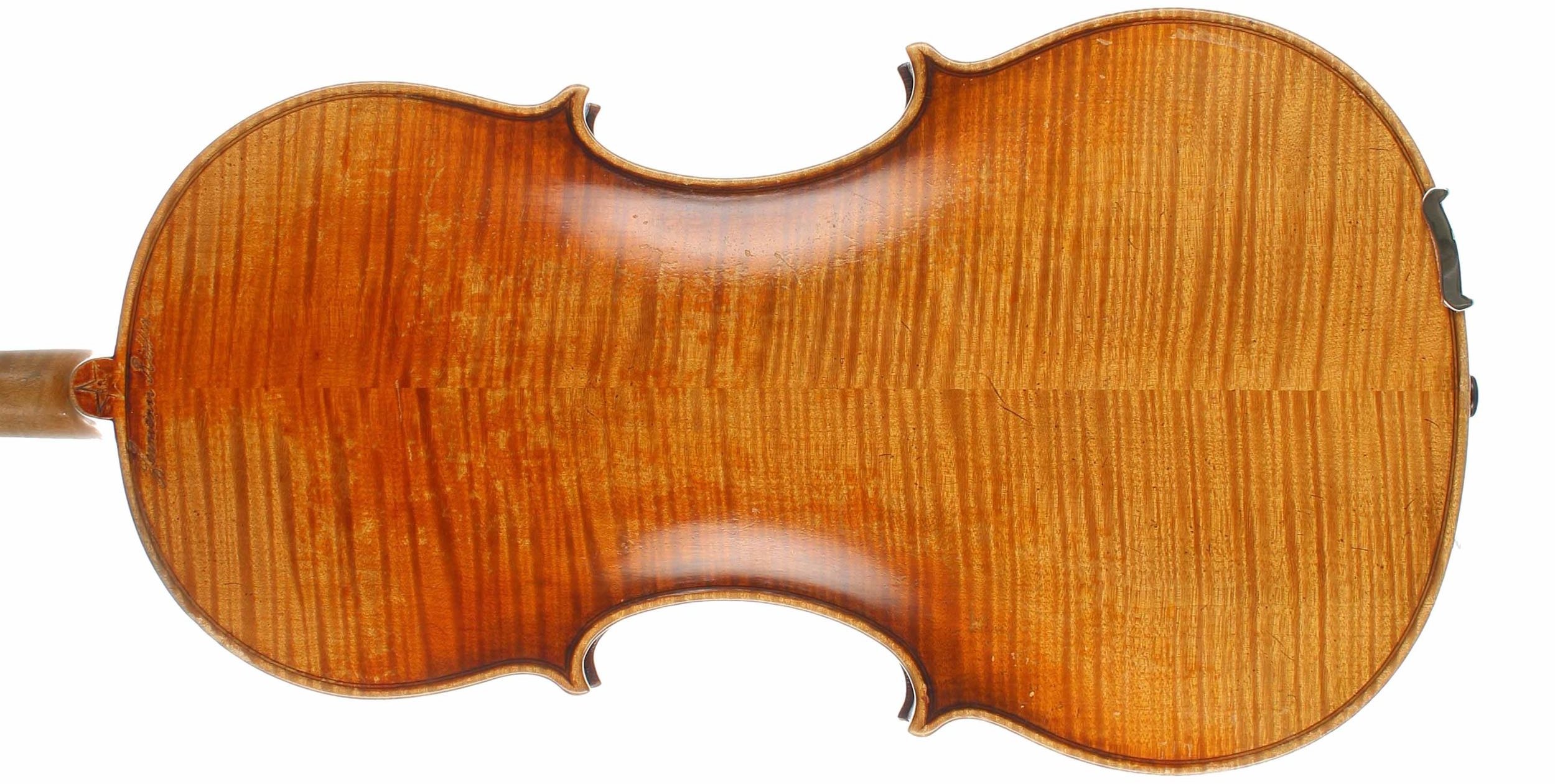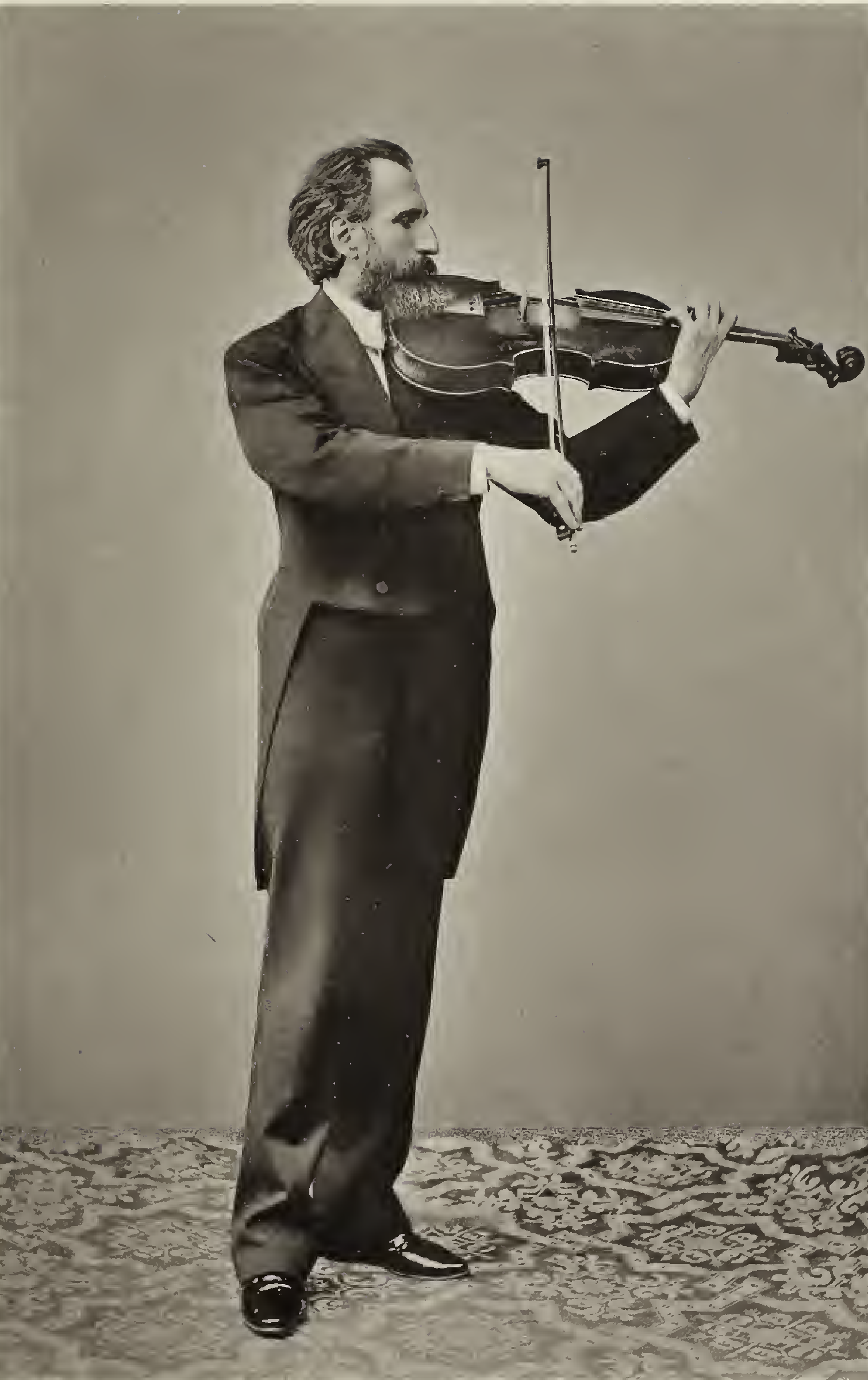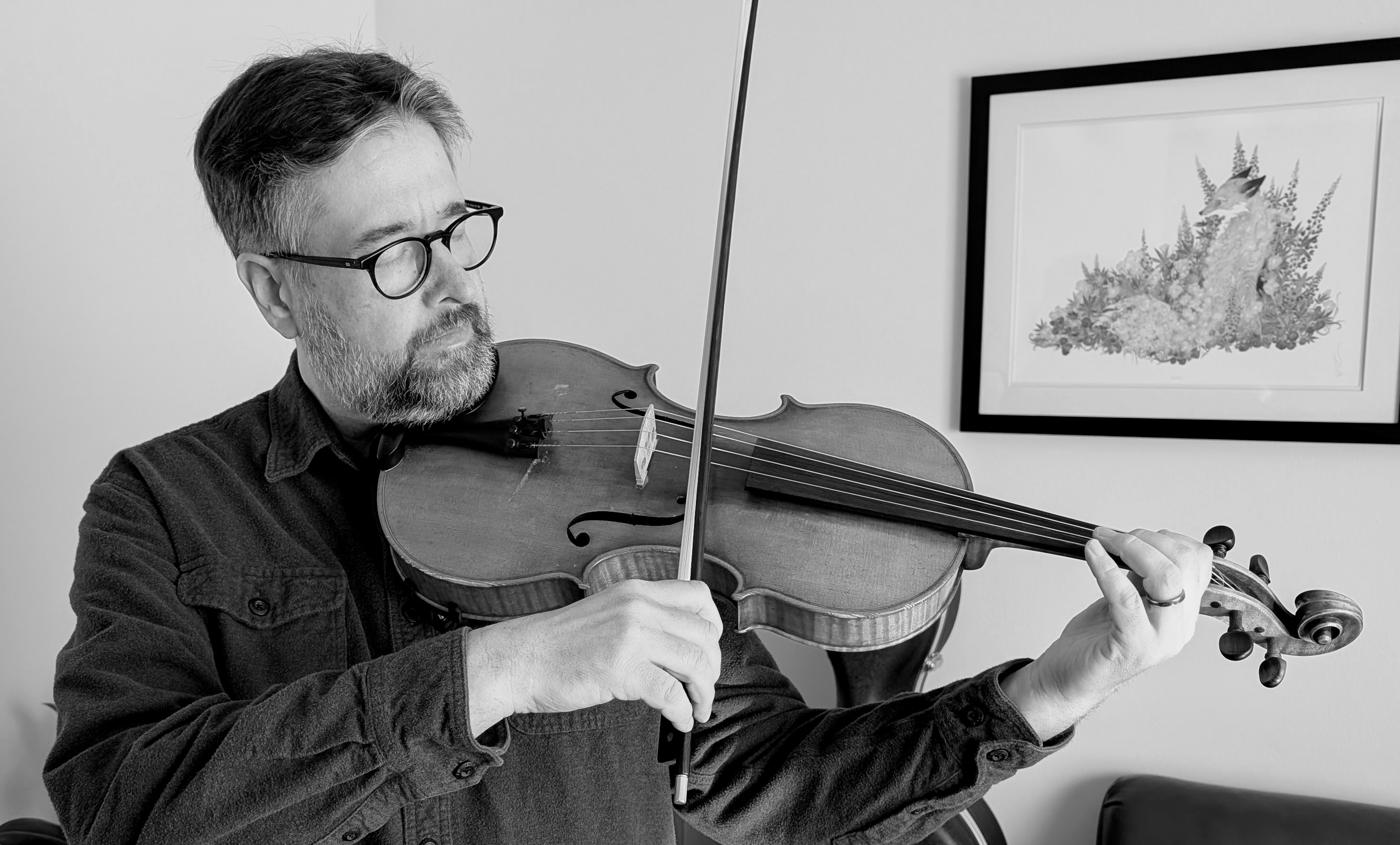Hermann Ritter and his Viola Alta
The viola alta is an enlarged and reproportioned viola with a remarkably rich, powerful, and clear tone. It was praised by Franz Liszt, Anton Rubinstein, and especially Richard Wagner, who called it the "true alto voice" and hired its inventor, Hermann Ritter, as his principal violist at Bayreuth, demanding a half-dozen of them for his orchestra there. Ritter insisted that it was not so much an invention as a revision: a reimagining on scientific principles of the viola, focusing on creating a singing tone that matched the expressive power and clarity of the violin in a way suited to its alto range.

Ritter became the first international viola soloist, touring with his viola alta through the 1870s and '80s, and one of the first dedicated professors of the viola, teaching at the Königliche Musikschule in Würzburg from 1877 to 1912. Numerous works were written for him and his instrument, and hundreds of violas alta were constructed by several luthiers. His students played them in the viola sections of many orchestras in the German-speaking countries and America. Ritter's influence on 20th-century viola playing is hard to overstate, and how his contributions were forgotten (and frequently ascribed to Lionel Tertis and others) is incomprehensible.

Ritter and his viola alta inspired a surprisingly large repertoire, including character pieces, concerted music, and chamber music by Franz Liszt, Philipp Scharwenka, Hans Sitt, Felix Draeseke, and of course Hermann Ritter himself, who also made innumerable excellent arrangements for the instrument. Though it is not much heard today, it has never been without its exponents, from Ritter's students Michael Balling, Clemens Meyer, and Karl Paasch in the first decades of the twentieth century to the late Carl Smith, Masatoshi Hirano, and most lately Jason Fruit, who have preserved its repertoire and encouraged contemporary composers to create new works for the viola alta.
